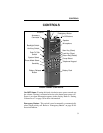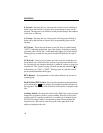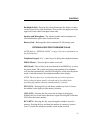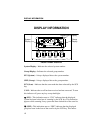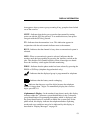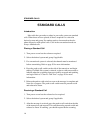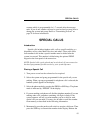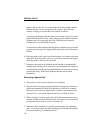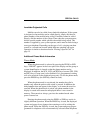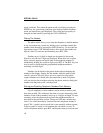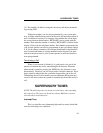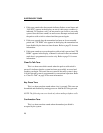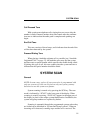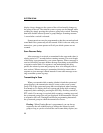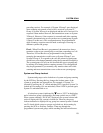
SPECIAL CALLS
16
push-to-talk switch (if it is pressed) and a short tone should sound to
indicate that the call was accepted by the system. After this tone
sounds, a ringing or second short tone sounds as follows:
A ringing tone indicates that the other party is being rung. If it is a tele-
phone call and the line is busy, a busy tone may also sound. In this case,
terminate the call by pressing the # key. When the party answers,
continue the call as described in step 6.
A second short tone indicates that the path is complete and you should
transmit your message. No ringing of the other party occurs.Proceed as
follows:
6. Pressthepush-to-talkswitchtotalkandreleaseittolistenaswithstan-
dard calls. Since the path is one way, you will not hear the other party
while the push-to-talk switch is pressed.
7. When the conversation is finished, the call should be terminated by
sending the # character. This character is sent automatically when you
exit the phone mode by pressing the PHON key. It can also be sent by
pressing the # key. Three beeps indicate that the call has been
terminated.
Receiving a Special Call
1. Turn power on and set the volume level as required.
2. Special calls are usually received regardless of the group selected if a
system programmed for Multi-Net operation is selected or scanned.
However, some calls may require that a certain system and group be
selected. If so, your system operator will tell you which to select.
3. When “ringing” is heard, answer the call in the normal manner (press
the push-to-talk switch to talk and release it to listen). It is not necessary
to select the phone mode to receive a special call.
4. When the call is finished, it is usually terminated by the originating
party. If you do not hear the three rapid beeps which indicate termina-
tion, press the # key to terminate the call.




